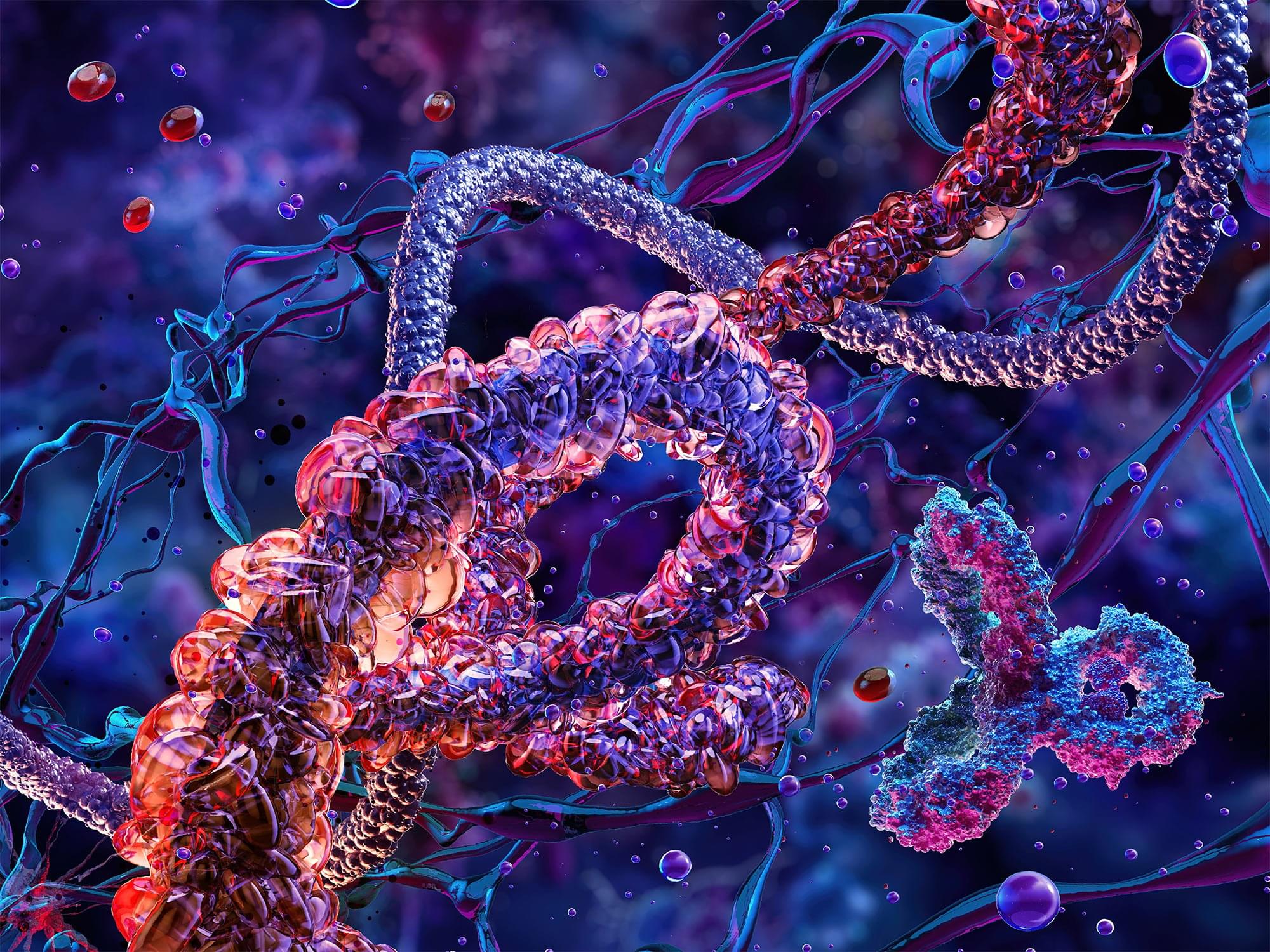Startup Etched has created this LLM-tuned transformer ASIC.








Question Are there more effective systemic treatment options for ERBB2-negative metastatic breast cancer and active brain metastases?
Findings In this nonrandomized clinical trial of 47 patients treated with utidelone plus bevacizumab, the central nervous system objective response rate was 42.6% according to the Response Evaluation Criteria in Solid Tumors version 1.1. The safety profile of this treatment approach was manageable.
Meaning These findings suggest that combination therapy with utidelone plus bevacizumab is a potentially viable treatment for patients with ERBB2-negative metastatic breast cancer and active brain metastases.

Citrate is essential for the metabolism and development of neurons. A membrane transport protein called SLC13A5 plays a central role in this process and has previously been linked to a particularly severe form of epileptic encephalopathy.
Building on data from the recently completed RESOLUTE and REsolution flagship projects, scientists at CeMM have comprehensively studied the function and structure of the membrane transporter SLC13A5, experimentally investigating 38 mutant variants.
Their findings, published in Science Advances, shed new light on the mechanisms of this disease and lay the foundation for further research into epilepsy and other disorders.

Our brain makes decisions based on direct associations between stimuli in our environment, but it often also does so based on events that initially appear unrelated. How does it achieve this? A recent study by the Cellular Mechanisms in Physiological and Pathological Behavior Research Group at the Hospital del Mar Research Institute, published in Proceedings of the National Academy of Sciences, offers new insights into this process and identifies the brain areas involved.
Using observations in mice, led primarily by first author and Ph.D. student José Antonio González Parra and supervised by Dr. Arnau Busquets, the research team was able to determine the mechanisms involved in how the brain makes decisions based on indirect associations between different stimuli. That is, instead of directly associating a specific stimulus with a rewarding or aversive situation, the brain establishes connections between two or more stimuli.
Dr. Busquets explains, “The project aims to understand how the brain enables us to make decisions based on indirect relationships between stimuli in our environment.”

Over the past decades, some lawyers have started using brain imaging scans as evidence during criminal trials, to provide a possible explanation for the criminal behavior of defendants. This was justified by recent neuroscientific studies, which found that some people who commit crimes present differences in specific parts of the brain. Yet a key question remains: are these brain changes causal, compensatory or incidental to the behavior?
To answer this question, researchers at Brigham and Women’s Hospital, Harvard Medical School and other institutes in the U.S. analyzed the locations of brain injury temporally associated with a new onset of criminality.
They found evidence suggesting that lesions to a specific white matter tract could be causally implicated in the behavior of individuals who start committing crimes after injury.